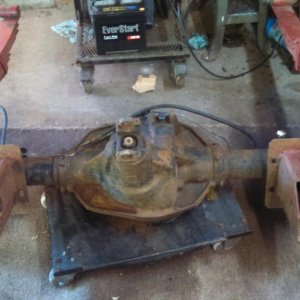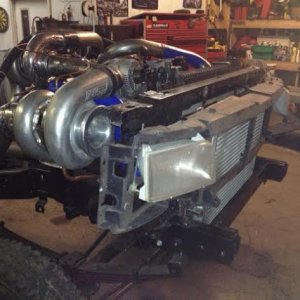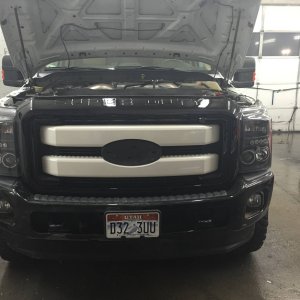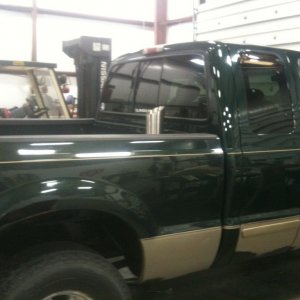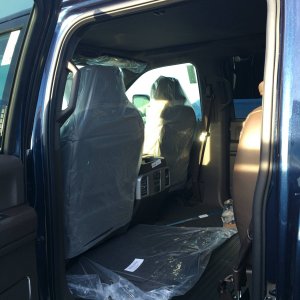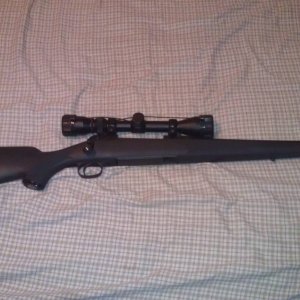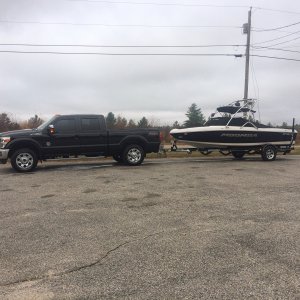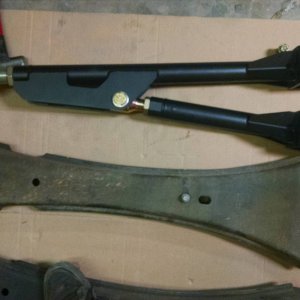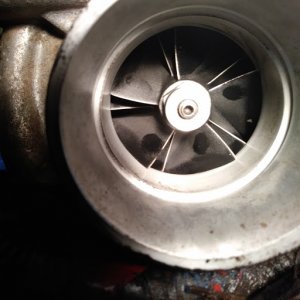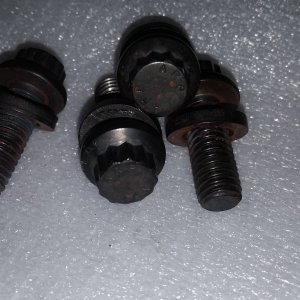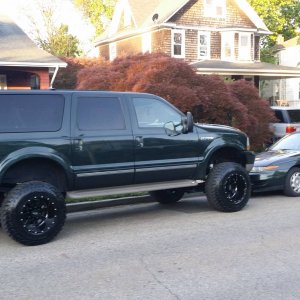madpowerstroke
New member
I know there has to be members out there that are very knowlegable about dynos. I'm sure it has been talked about alot but I would like the info in one place. Here's some of the questions I have:
I have heard that a dynojet is a true measurement, that tire size doesn't matter. You basically put truck on it and spin the drum as fast as the truck will do it in a certain amount of time with a certain amount of resistance to calulate, so is that true?
I alway heard that the dynojet dyno measures on low side?
Does the dynojet work well with diesels since the load isn't inceased for turbo to spool hard?
Is the Mustang dyno better for diesels because it can be loaded?
Does gear selection matter with the dyno jet?, I know the mustang should be at 1:1.
Any help would be greatlly appreciated, I have a dyno event coming and they are running a dynojet so I wanted a little info ahead of time. I'll be running at track to get numbers to compair either way. I also know dynos are a tuning tool, not a accurate measurment of horepower that's why I will be hitting track. Don't want a debate on track and dyno just what to except from certain types of dynos, for my and others information. Thanks
I have heard that a dynojet is a true measurement, that tire size doesn't matter. You basically put truck on it and spin the drum as fast as the truck will do it in a certain amount of time with a certain amount of resistance to calulate, so is that true?
I alway heard that the dynojet dyno measures on low side?
Does the dynojet work well with diesels since the load isn't inceased for turbo to spool hard?
Is the Mustang dyno better for diesels because it can be loaded?
Does gear selection matter with the dyno jet?, I know the mustang should be at 1:1.
Any help would be greatlly appreciated, I have a dyno event coming and they are running a dynojet so I wanted a little info ahead of time. I'll be running at track to get numbers to compair either way. I also know dynos are a tuning tool, not a accurate measurment of horepower that's why I will be hitting track. Don't want a debate on track and dyno just what to except from certain types of dynos, for my and others information. Thanks

